Hey there, car enthusiasts! Today, we'll dive into the fascinating world of car lights, or as the experts call it, "forward illumination." It's more than just flicking a switch; it's about safety, visibility, and sometimes, even style. So buckle up, and let's get started!
The Basics: High and Low Beams
First off, let's talk about the two main types of headlights: high beams and low beams. High beams, also known as "main" or "driving" beams. They're like your car's superpower for seeing in the dark. They're bright and powerful but can be a bit too dazzling for other drivers, so they're best used when you're alone on the road.
On the other hand, low beams (also known as "dipped" or "passing" beams) are the polite, considerate members of the car light family. They provide just enough light to see and be seen, without blinding other drivers. They're designed to light up the road ahead and to the sides, making them perfect for when there are other vehicles around.
The Nitty-Gritty: Regulations and Standards
Now, you might wonder, "Who decides how bright or dim these lights should be?" Well, there are different rules and regulations around the world. For instance, the United Nations has its own set of guidelines, while the United States and Canada follow their own standards. These rules help ensure that headlights are effective without causing too much glare for oncoming drivers.
Extra Helpers: Auxiliary Lights
Apart from the main headlights, cars can also have auxiliary lights. These are like the bonus apps on your smartphone - not always necessary, but nice to have when you need them.
"Driving lights" are extra high-beam lights that help you see further down the road. They're especially popular on rally cars and in countries with long stretches of unlit roads.
Then there are "fog lights." These are specially designed to help you see better in bad weather conditions like fog, rain, or snow. They cast a wide, low beam that reduces glare and helps illuminate the road surface. However, not all cars have them, and they're often seen as a stylish extra rather than a necessity.

The Cherry on Top: Cornering Lights
Some cars even have cornering lights. These clever little lights turn on when you're making a turn or changing lanes, lighting up the area to the side of your car. They're like your car's way of peeking around the corner before you get there.
In the Spotlight: Spot Lights
Finally, let's not forget about spotlights. These are often found on police cars and emergency vehicles and can be moved around to light up specific areas. Imagine them as a handy flashlight attached to your car.
So there you have it, a whirlwind tour of the world of car lights! Remember, they're not just there to look pretty - they're crucial to staying safe on the road. So next time you flick that switch, spare a thought for the magic of forward illumination.
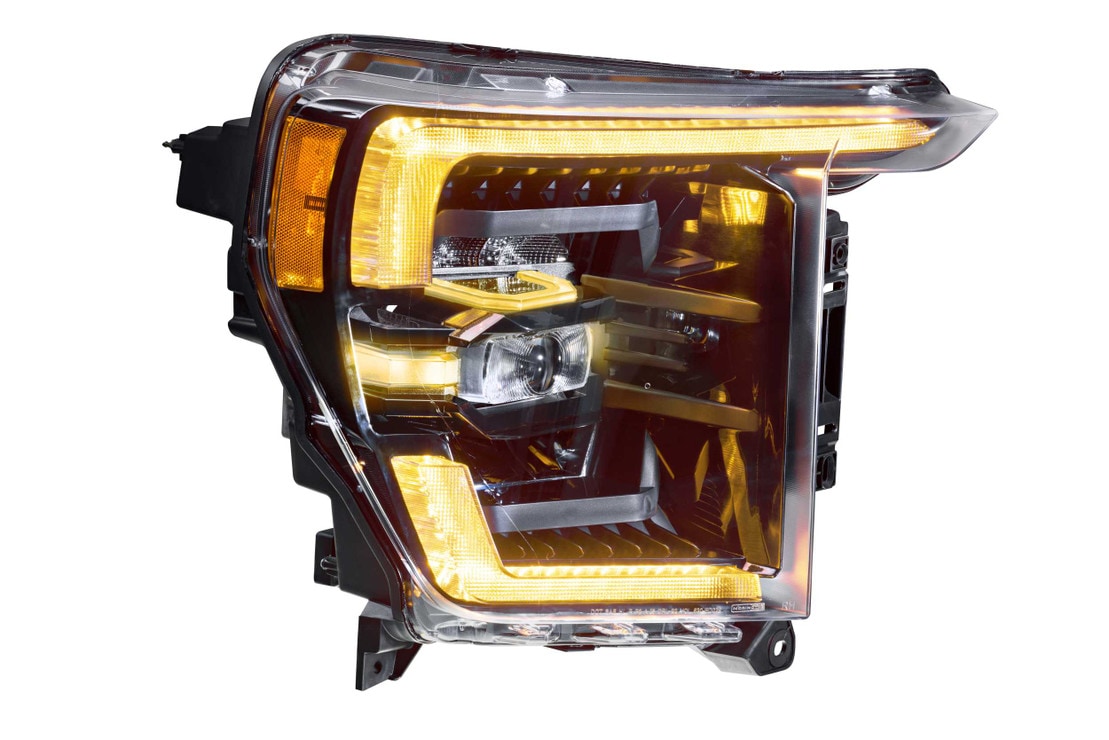
FORD F-150 (21+): XB LED HEADLIGHTS
Starting at $2,000
Follow, Shop, Shine: Your Automotive Lighting Solution Awaits!
Don't miss out on the latest insights and updates in the world of automotive lighting! Follow the Better Automotive Lighting blog to stay informed about the newest trends, technologies, and tips. Ready to upgrade your vehicle's lighting? Visit Headlight Revolution, your one-stop-shop for high-quality automotive lighting products. Illuminate your journey with us today!




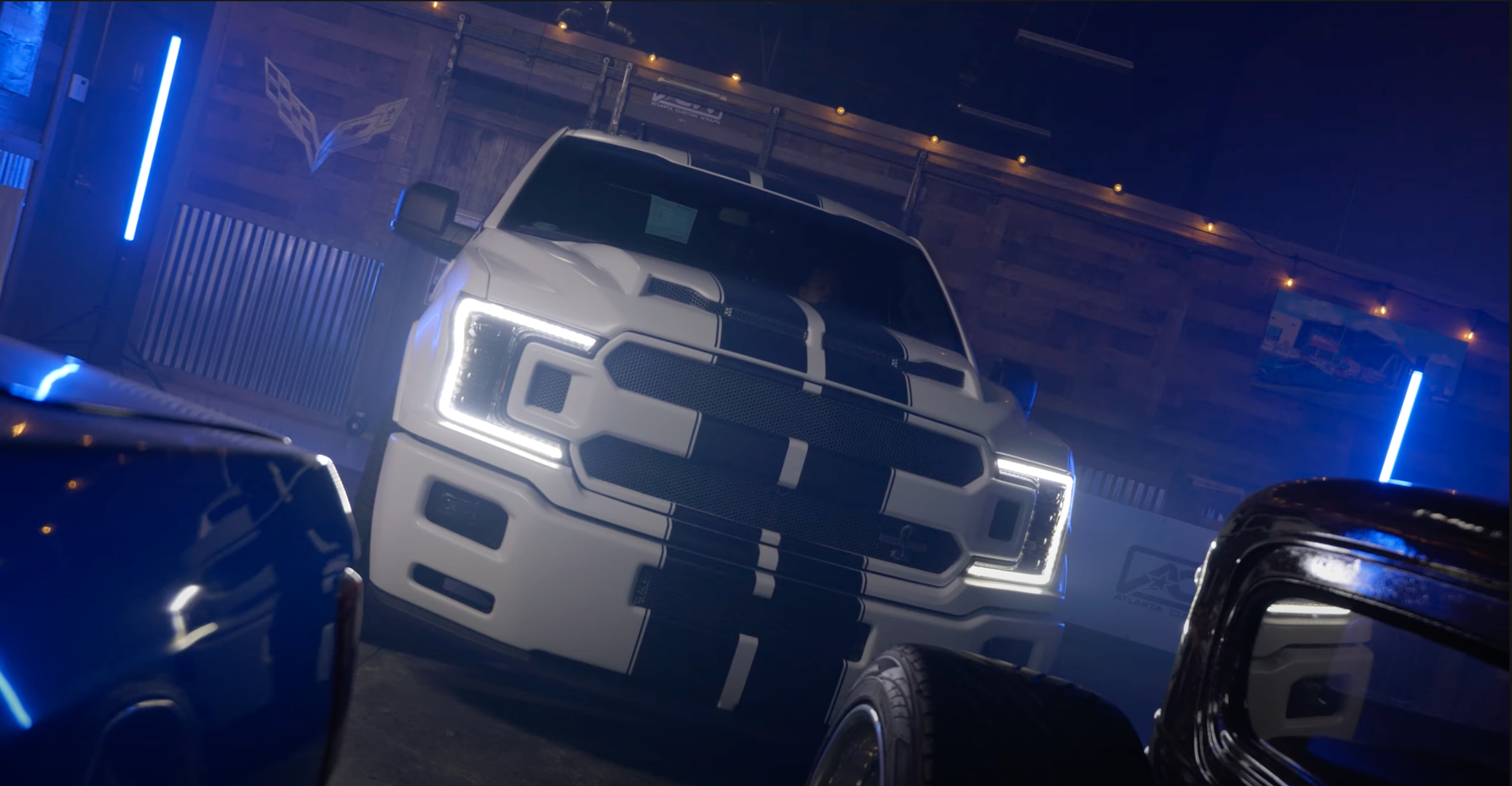
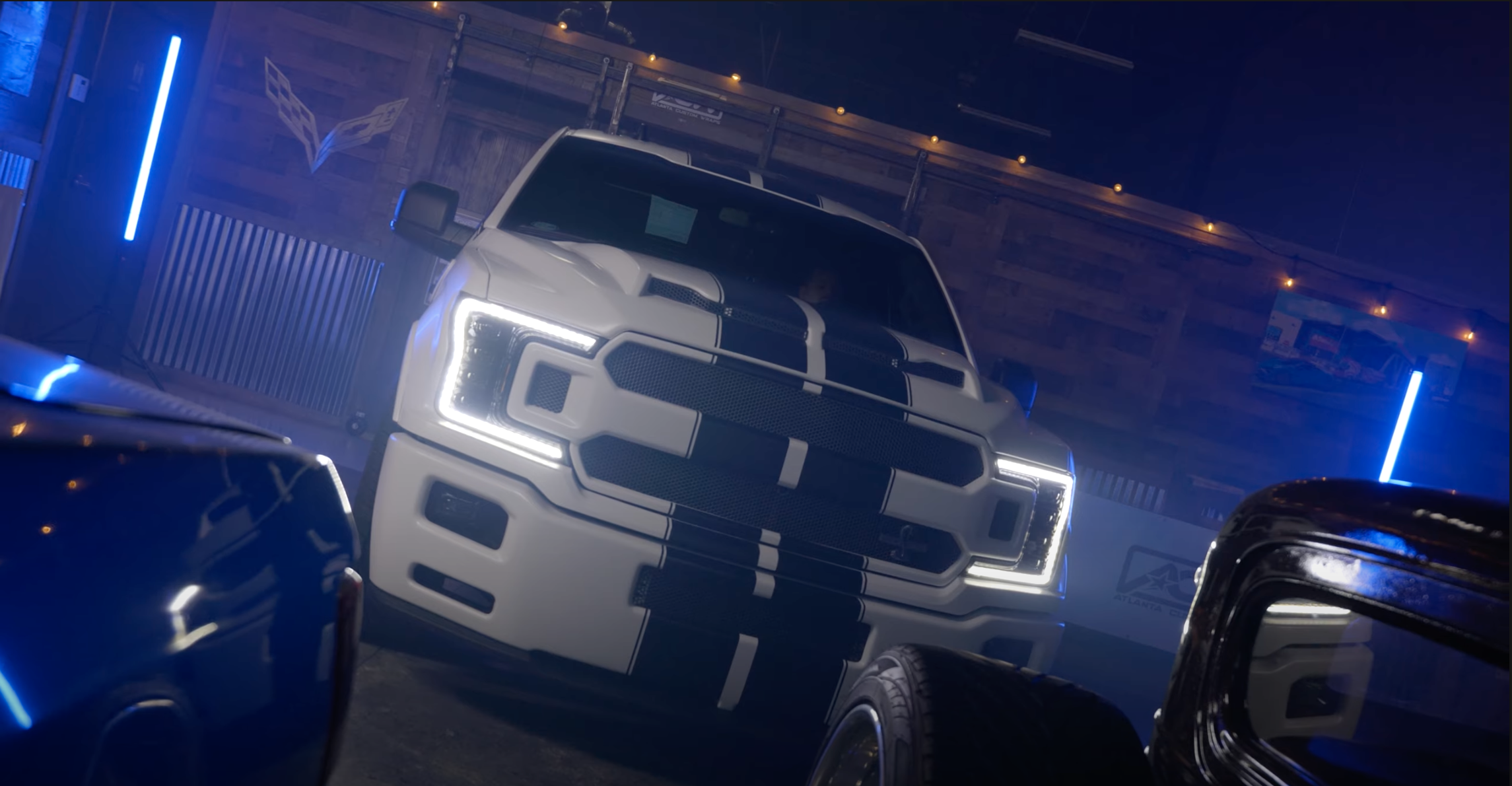
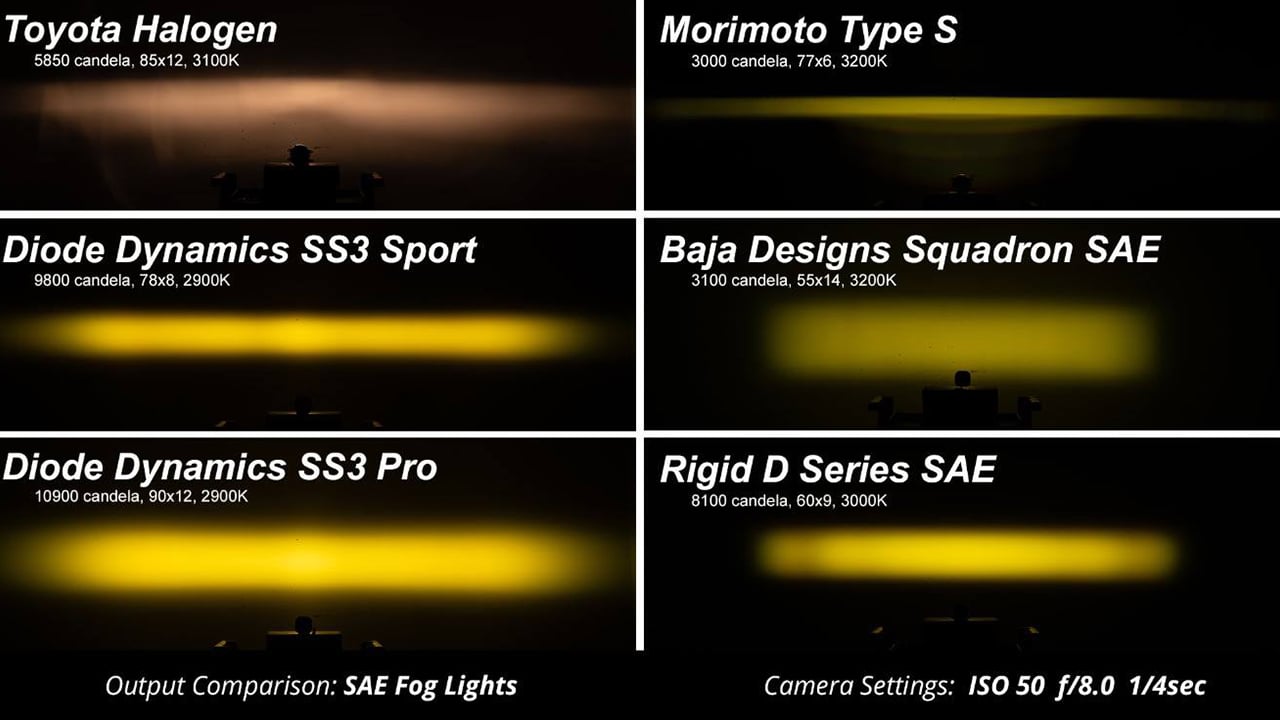
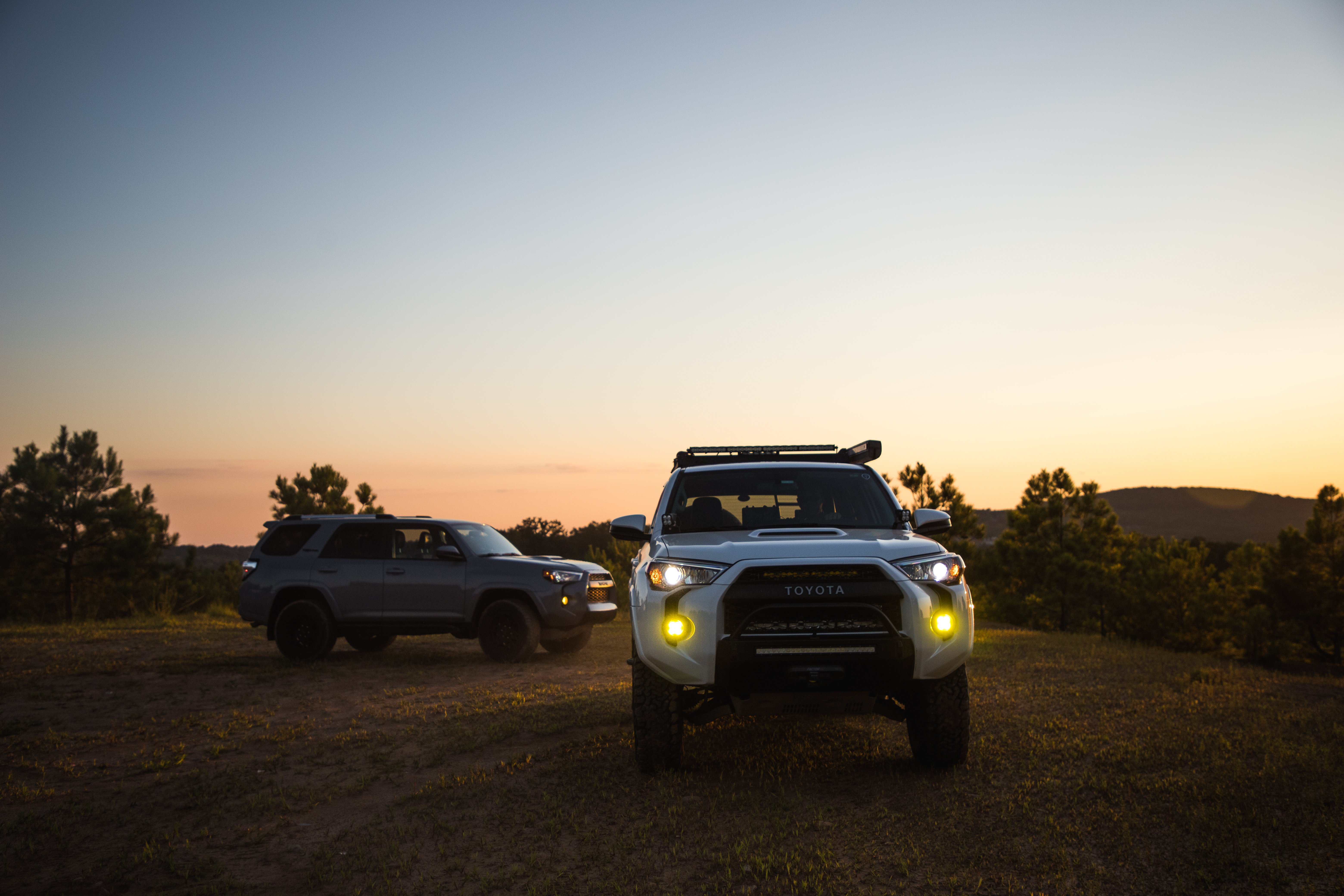
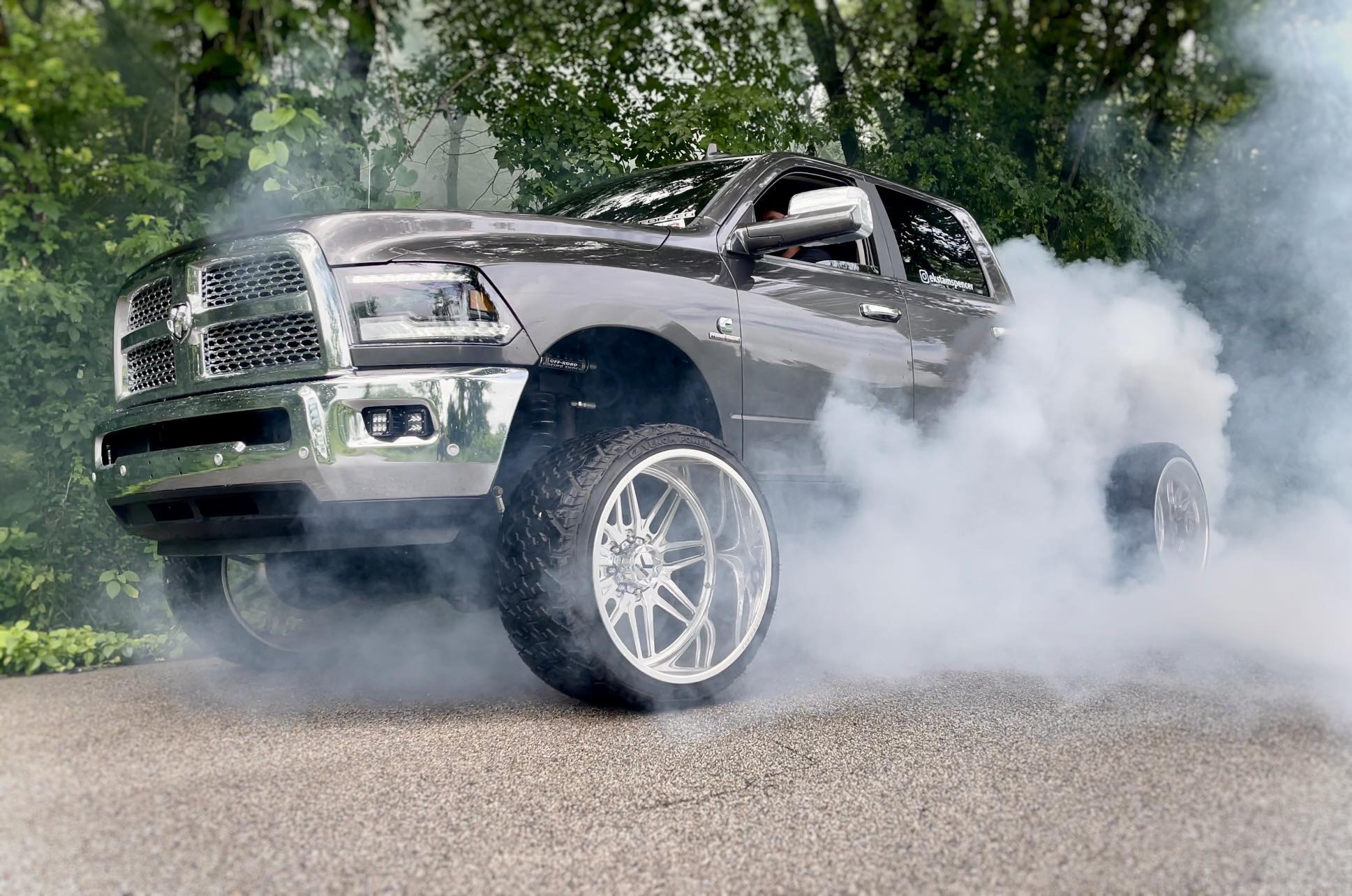
.png?width=300&height=87&name=logo%20(1).png)